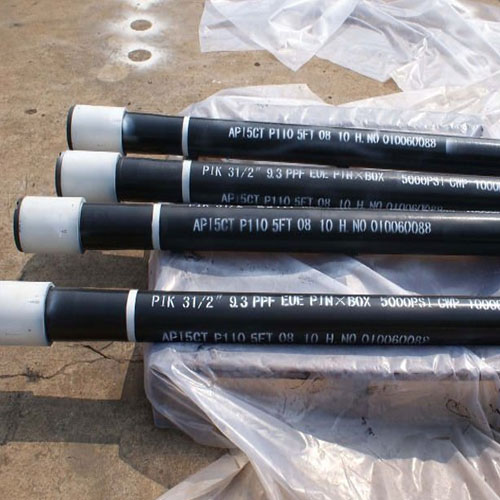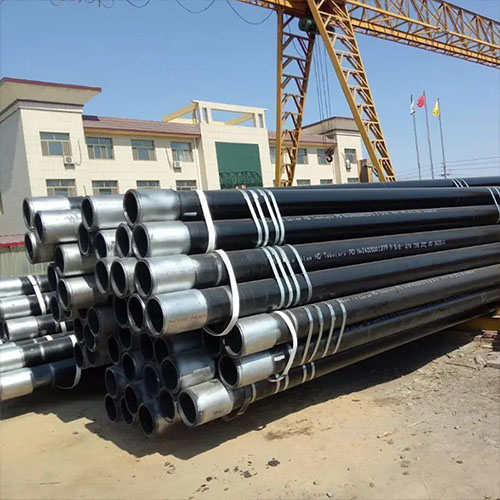Table of Contents
Differences Between Hot DIP and Pre Galvanized Steel Pipes for Scaffold Construction
When it comes to constructing scaffolds, choosing the right type of steel pipe is crucial for ensuring durability, Safety, and longevity. Two commonly used options in scaffold construction are hot dip galvanized (HDG) steel pipes and pre-galvanized steel pipes. While both types serve the same purpose of providing structural support, they differ in their manufacturing processes and properties. Understanding the differences between hot dip and pre-galvanized steel pipes can help scaffold builders make informed decisions that meet their project requirements.
Hot dip galvanized steel pipes undergo a rigorous process to achieve their protective coating. This process involves immersing the steel pipes into a bath of molten Zinc, which creates a metallurgical bond between the zinc coating and the steel substrate. The result is a robust and uniform coating that provides excellent corrosion resistance, even in harsh environments. Additionally, the hot dip galvanizing process ensures that the entire surface of the steel pipe, both inside and out, is coated with zinc, offering comprehensive protection against rust and corrosion.
On the other hand, pre-galvanized steel pipes are manufactured using a different approach. These pipes are coated with a layer of zinc during the steel production process before being formed into the final shape of the pipe. While pre-galvanized pipes also offer corrosion resistance, the coating may not be as thick or as durable as that of hot dip galvanized pipes. Additionally, pre-galvanized pipes may have exposed areas where the zinc coating is thinner or absent, leaving them more vulnerable to corrosion over time, especially in areas with high Levels of moisture or exposure to corrosive elements.
One of the key differences between hot dip and pre-galvanized steel pipes lies in their application and longevity. Hot dip galvanized pipes are preferred for applications where maximum corrosion resistance and durability are essential, such as in outdoor environments or structures exposed to harsh weather conditions. These pipes are designed to withstand prolonged exposure to moisture, Chemicals, and other corrosive agents, making them ideal for long-term use in scaffolds and other construction projects.
On the other hand, pre-galvanized steel pipes may be suitable for less demanding applications or projects with shorter lifespans. While they offer some level of corrosion resistance, pre-galvanized pipes may require additional protective measures, such as regular maintenance or the application of supplementary coatings, to ensure their longevity in challenging environments. Additionally, pre-galvanized pipes may be more cost-effective than hot dip galvanized pipes, making them a viable option for projects with budget constraints.
In terms of appearance, hot dip galvanized and pre-galvanized steel pipes may have slight differences in their surface finishes. Hot dip galvanized pipes typically have a uniform, matte gray appearance due to the thick zinc coating, while pre-galvanized pipes may have a shinier, smoother finish. However, these differences in appearance do not impact the performance or functionality of the pipes and are purely cosmetic.
In conclusion, both hot dip galvanized and pre-galvanized steel pipes have their advantages and limitations when it comes to scaffold construction. Hot dip galvanized pipes offer superior corrosion resistance and durability, making them suitable for long-term use in challenging environments. Pre-galvanized pipes may be more cost-effective but may require additional maintenance and protective measures to ensure their longevity. Ultimately, the choice between hot dip and pre-galvanized pipes depends on the specific requirements of the project and the desired level of corrosion protection and durability.
Advantages and Applications of Gi Steel Pipes in Greenhouse Construction
Hot-dip galvanized (HDG) and pre-galvanized steel pipes, commonly known as GI (galvanized Iron) steel pipes, play a vital role in greenhouse construction due to their numerous advantages and versatile applications. These pipes are essential components in the infrastructure of greenhouses, providing structural support and durability. Let’s delve into the advantages and applications of GI steel pipes in greenhouse construction.
First and foremost, the galvanization process enhances the corrosion resistance of steel pipes, making them ideal for use in greenhouse environments where exposure to moisture and chemicals is prevalent. HDG and pre-galvanized steel pipes are coated with a protective layer of zinc, which acts as a barrier against rust and corrosion, thus prolonging the lifespan of the pipes. This increased durability ensures that GI steel pipes can withstand the harsh conditions of greenhouse operations, including high humidity levels and frequent watering.
In addition to their superior corrosion resistance, GI steel pipes offer excellent strength and structural integrity, making them suitable for supporting greenhouse structures and framework. The inherent strength of steel, combined with the protective zinc coating, provides stability and reliability, even in adverse weather conditions. Whether used for constructing greenhouse frames, supporting trellises, or installing irrigation systems, GI steel pipes provide the necessary strength and durability to withstand the rigors of agricultural applications.

Moreover, GI steel pipes are highly versatile and can be customized to meet specific requirements in greenhouse construction. With a variety of sizes and thicknesses available, these pipes can be tailored to fit different design specifications and load-bearing needs. Whether it’s a small-scale hobby greenhouse or a large commercial operation, GI steel pipes offer flexibility and adaptability, allowing architects and engineers to design efficient and cost-effective greenhouse structures.
Furthermore, GI steel pipes are environmentally friendly and sustainable choices for greenhouse construction. The galvanization process involves coating steel pipes with zinc, a naturally occurring element that is non-toxic and recyclable. By using GI steel pipes in greenhouse construction, growers can reduce their environmental footprint and contribute to sustainable agricultural practices. Additionally, the long lifespan of GI steel pipes minimizes the need for frequent replacements, further reducing waste and resource consumption.

In terms of applications, GI steel pipes find widespread use in various aspects of greenhouse construction and infrastructure. From supporting the framework and framing doors and windows to installing irrigation systems and ventilation ducts, these pipes play a crucial role in the overall functionality and efficiency of greenhouses. Their versatility and durability make them indispensable components in greenhouse design, ensuring structural integrity and longevity.
In conclusion, GI steel pipes offer numerous advantages and applications in greenhouse construction, making them indispensable components in the infrastructure of modern agricultural facilities. From their superior corrosion resistance and strength to their versatility and sustainability, these pipes provide the necessary support and durability for greenhouse structures. Whether used for framing, irrigation, or ventilation, GI steel pipes play a vital role in creating efficient, reliable, and sustainable greenhouse environments.
